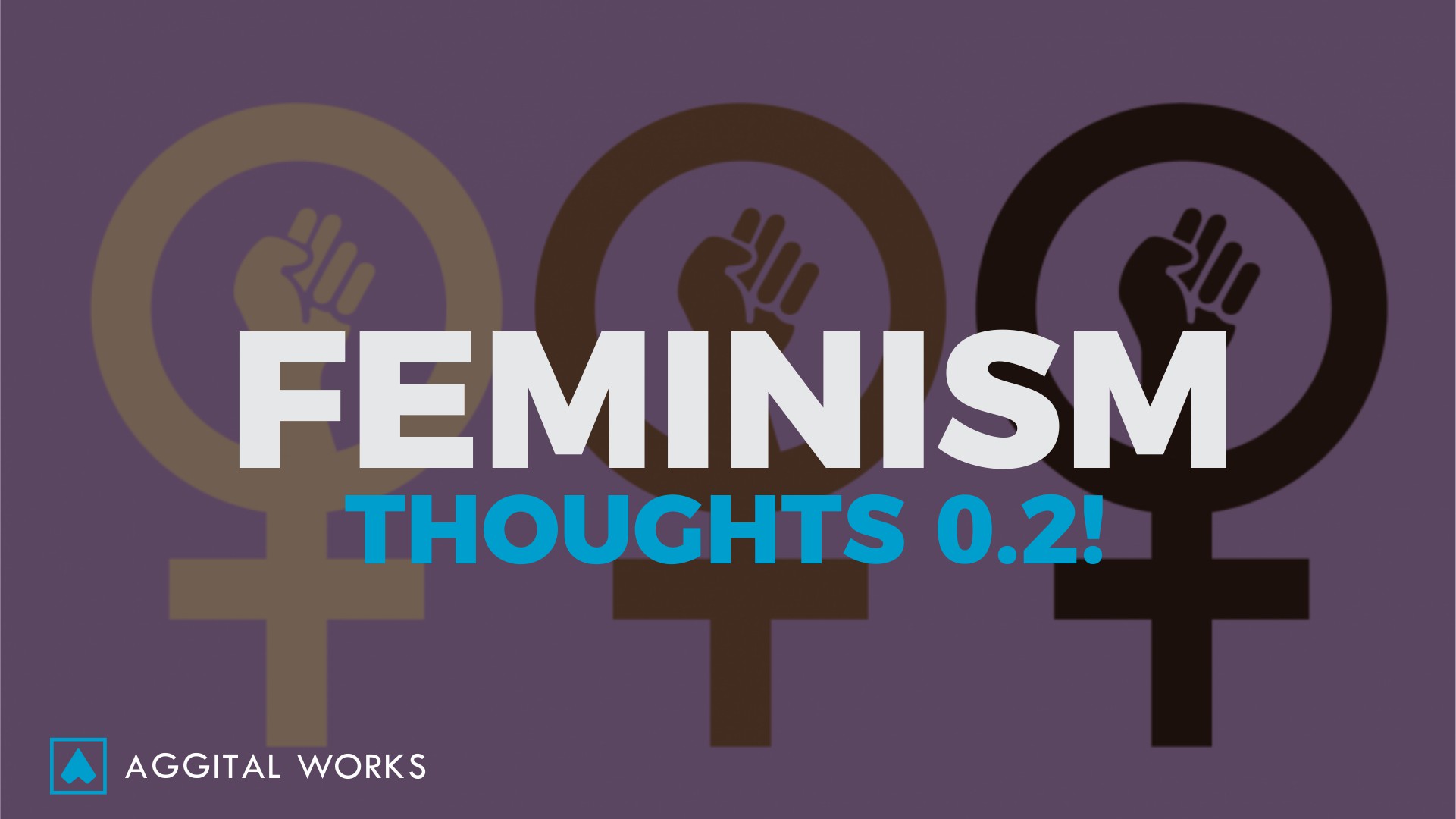Feminism… Thoughts! 0.2.

Hello guys, I trust everyone’s day is going as planned. We are still on the subject of Feminism. In the previous article, we saw the first wave of feminism and how it all started. In this article, we’ll pick it up from where we left off!
The French Revolution
The French Revolution symbolized the early stages regarding the structured participation of women in politics.” ~~ Historian R.B. Rose in “Feminism, Women and the French Revolution.” As the French Revolution began in 1789, women were constantly on the front lines advocating for their rights. Even though they were seen as “passive citizens,” these women took an active role in the political climate of their country. On October 5, 1789, a number of armed French women marched from markets in Paris to the Palace of Versailles. They demanded that the King address their economic concerns and the drastic food shortages happening across France. Alas, the just began the fight!
Some months prior, reformers were able to persuade the French National Constituent Assembly to adopt the “Declaration of the Rights of Man and of the Citizen.” Unfortunately, it still excluded women and other minority groups from citizenship. When this document became the overture to the French Constitution in 1791, many women shifted their focus to gaining citizenship and equal rights.
Furthermore, one of these women, playwright Olympes de Gouges, wrote “The Declaration of the Rights of Woman and the Female Citizen” in 1791. Gouges’ declaration begins as follows: “Women are born free and are man’s equal in law. Social distinctions can be founded solely on common utility.” Her statement also included the various rights that both men and women should possess. This document and the collective activism of the women in the French Revolution became a source of inspiration for first wave feminists.
The Temperance Movement
Just as the first wave feminists were influenced by the French Revolution, they were also influenced by the widespread activism of women during the temperance movement. During the early stages of the nineteenth century, many United States citizens began to promote “moral reform.” In a bid to fight against immorality, the temperance movement developed in the 1820s to limit/prohibit the consumption of alcohol: participants in the movement particularly criticized alcohol intoxication or promote complete abstinence from alcohol, which could be term as teetotalism, and its leaders emphasize alcohol’s negative effects on people’s health
Drinking was considered a threat to the security of homes for many middle-class white women who were deemed the moral authorities of their households. These women, along with male supporters of temperance, began to create cartoons, pamphlets, songs and speeches about the harms of alcohol usage.
In 1826, the American Society for the Promotion of Temperance, also known as American Temperance Society was a society established in Boston, Massachusetts. with temperance activists starting local chapters all across the country, the society swiftly metastasized. Furthermore, in 1831 there were over twenty-four women’s organizations dedicated to the temperance movement. One of the notable groups that developed later in the movement was the Woman’s Christian Temperance Union. Thousands of women from this organization marched into liquor stores and bars demanding that owners sign a pledge to stop selling alcoholic beverages. As these women advocated for temperance and the affairs of their homes, they also demanded to have an equal role in public activity. Tara Isabella Burton in “The Feminist History of Prohibition said, “the temperance movement, in fact, gave women the opportunity to be engaged in public political life for the first time.”

The Abolitionist Movement
In the early 19th century, much of the African American population in the United States was enslaved. With the first group of enslaved Africans arriving in the early 1600s, African American men and women had been battling for freedom and citizenship for centuries. Their joint activism was the foundation of the abolitionist movement that pushed for the end of slavery.
We’ll stop here for the now, and continue in our next article. It’s a series remember! If you haven’t read the first article on feminism, do click on here.
Anyway, if you are looking to get an excellent web design company, do click on here!





Thanks for this.
You are welcome John Scene.